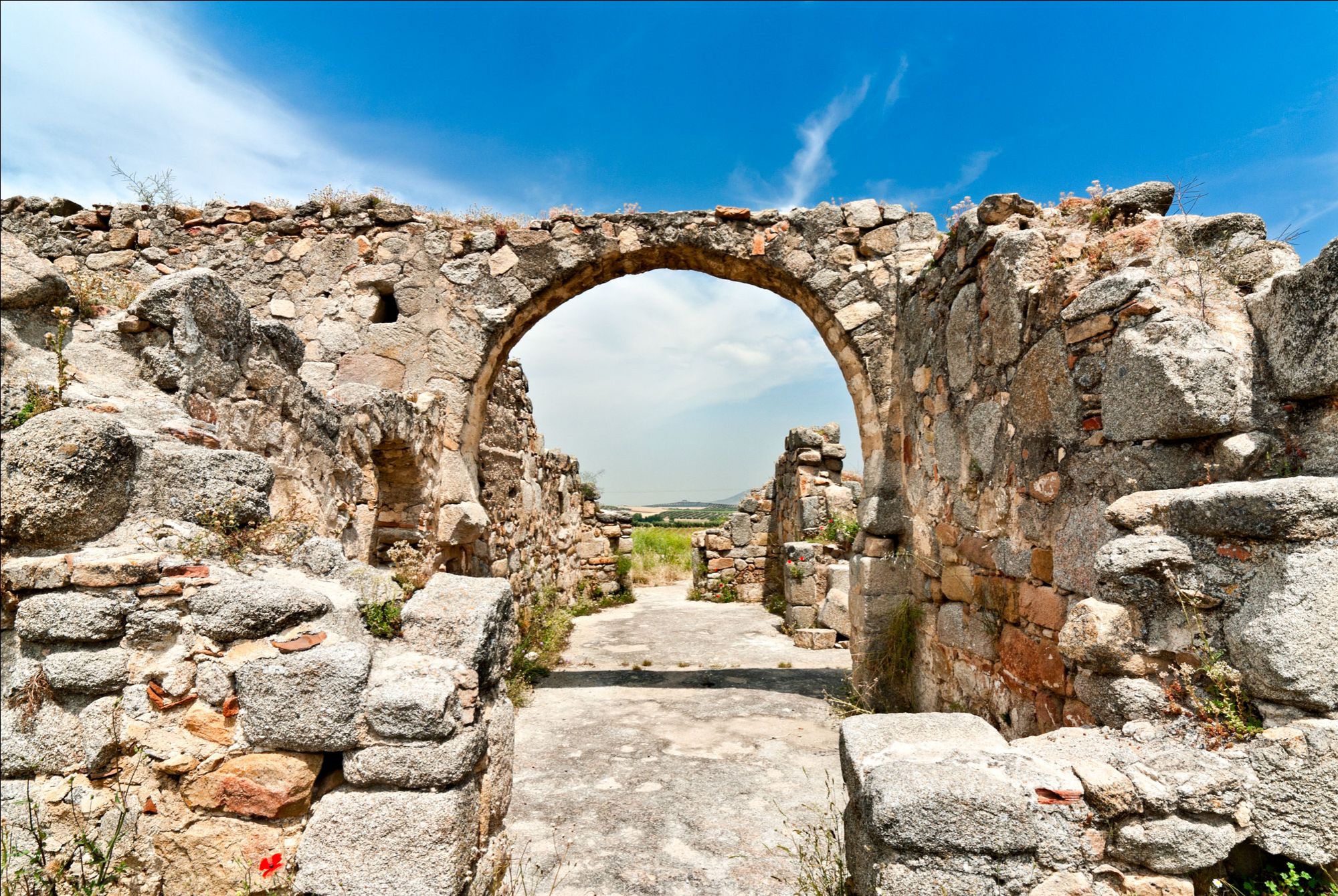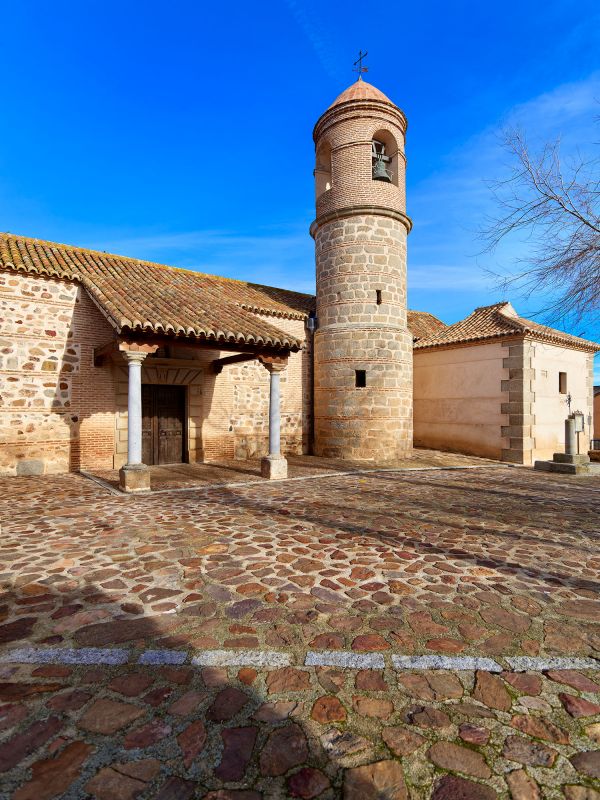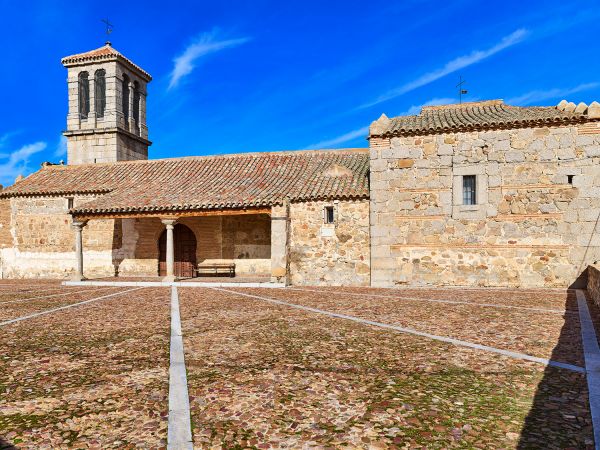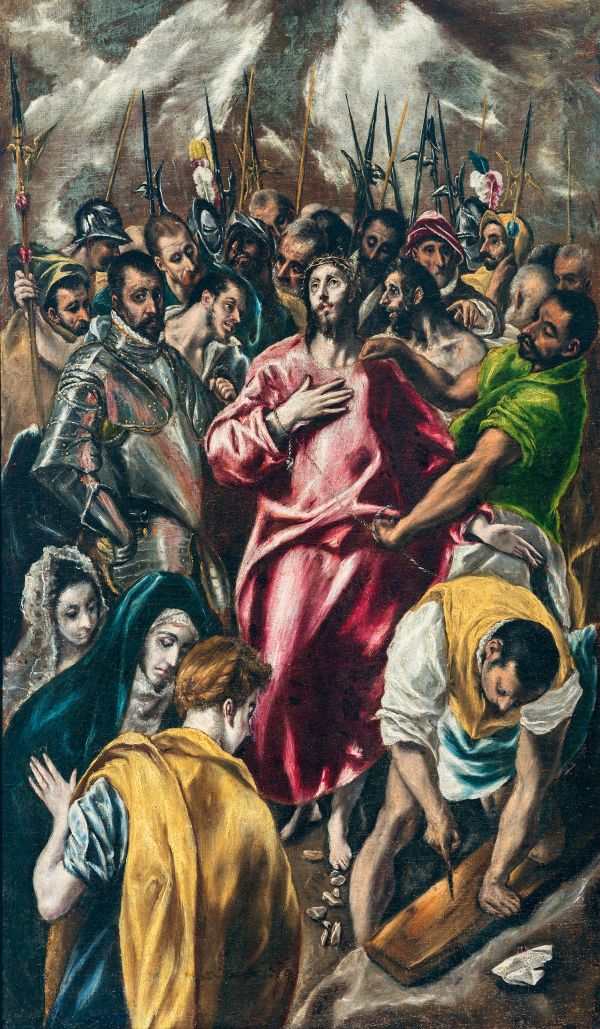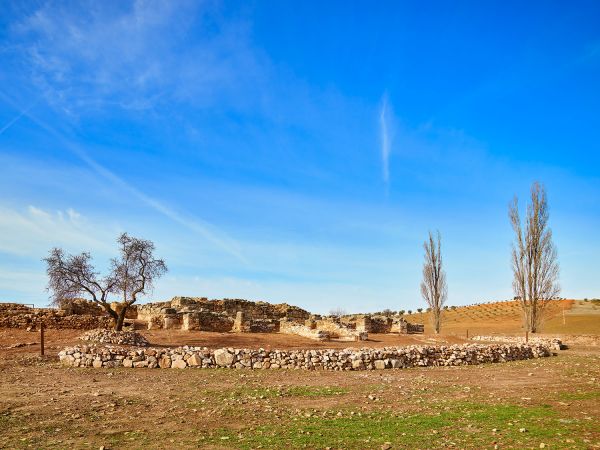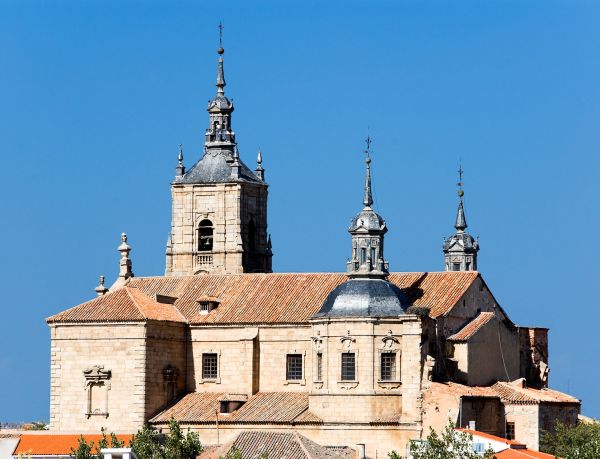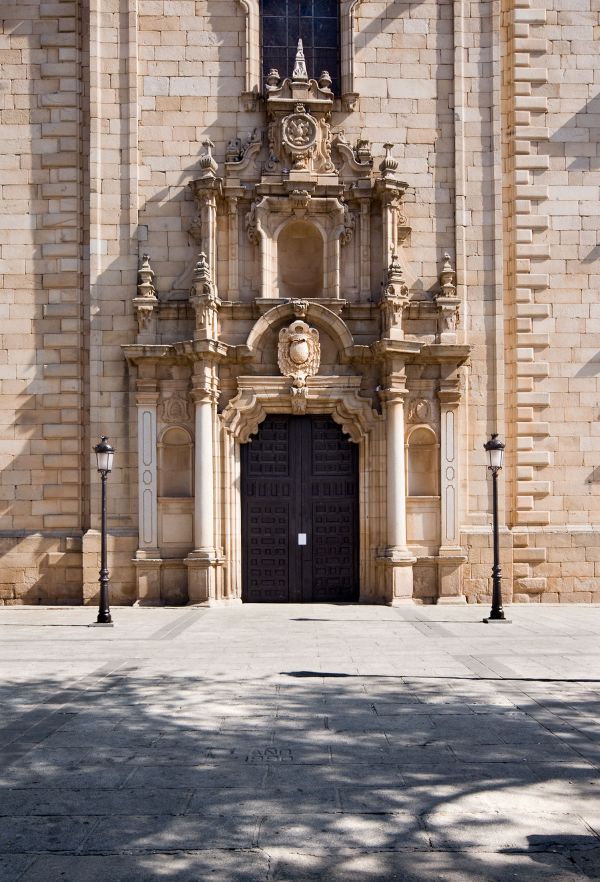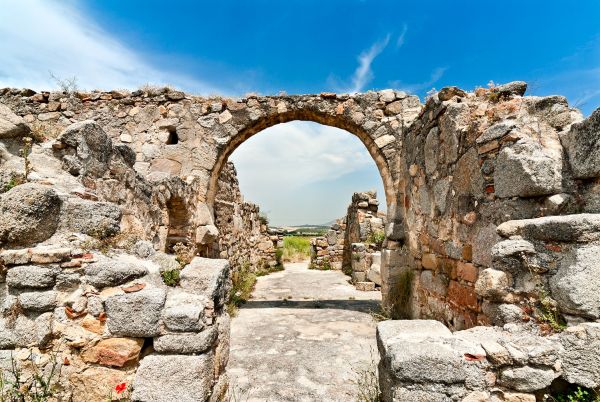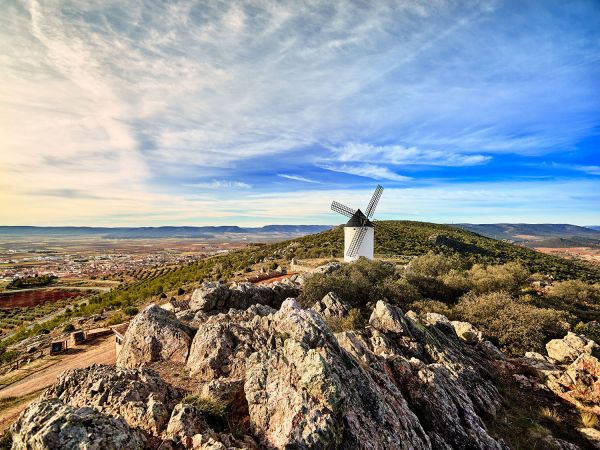Visigoths and castles Mountain way
Toledo
Crossing the waters of the Tajo, the road south leads towards Ciudad Real and Montes de Toledo with olive groves and agricultural fields that give way to holm oak woods and mountain vegetation with rich hunting activity.
After crossing Burguillos de Toledo and Ajofrín –home of the popular composer Jacinto Guerrero–, Sonseca appears as one of the main towns in the region. With its St. John the Evangelist church and Recollect chapels, the town and its surrounding area reveal some of these almost unknown treasures, such as the San Pedro de la Mata temple, located in the hamlet of Casalgordo. This is a Visigoth era monastic complex, built in the second half of the 7th century. The remains are open to the general public.
Arisgotas appears in our tracks as a small rural village characterised by the great richness of its archaeological wealth. A kilometre and a half away, in the Visigoth period, an aristocratic residential complex was built. Known as Los Hitos, the more recent excavations have allowed the transformation of the primitive noble building into a pantheon, spotlighting the burials found inside the edifice. Visits to the site are free and marked by signposts showing the way. This hamlet features the Visigoth Art Museum, which showcases high quality, 7th-century relieves and pieces from the archaeological sites of Los Hitos and San Pedro de la Mata.
Orgaz has history oozing from its four corners. The legend goes that none other than Cid Campeador held the title of the first lord of the town. The castle and church of St. Thomas are stunning and magnificent. A stroll to take in the emblazoned houses and calm, cobblestoned streets is a pleasant experience.
Going south, we head towards Los Yébenes, which appears in the final foothills of the Toledo mountains. From atop the hill where the town spreads out, we can enjoy some spectacular views of the Toledo part of La Mancha. We highly recommend a visit, particularly if travelling with children, to the Science Museum.
On the return journey to Toledo, we can break up the journey by visiting some of the castles –or what is left of them– that marked the borders which, for centuries divided these lands: the Manzaneque castle, in the town centre, the Peñas Negras castle in Mora –offering impressive views of the “sea of olives” –the Juan de Padilla castle, in Mascaraque and the Almonacid castle.
May also be of interest to you
Castilla-La Mancha Tourism in 2023. All rights reserved.

 365
365
